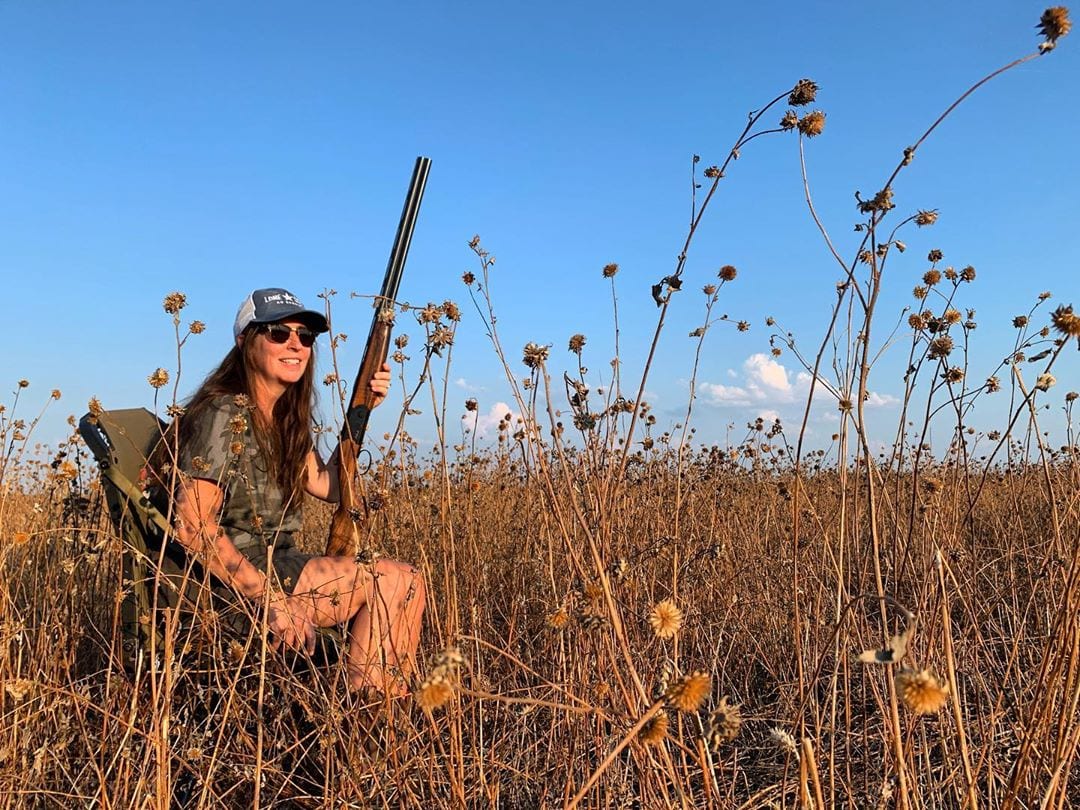Large swaths of state short on birds
By Craig Nyhus, Lone Star Outdoor News
Dove hunters headed to some of the prime hunting areas in Texas were excited for the season opener. Ample food was on the ground and the forecasts were great.
The dove, though, at least from a huge area spanning from Haskell to Coleman counties, were largely a no-show.
Tom Stephenson runs hunts in the Coleman County area.
“I don’t believe the dove were ever here,” he said. “Every weekend other outfitters call me, wondering if we have birds.”
Stephenson’s hunters have had good outings, but they are more than an hour’s drive from his lodge.
“After six guys scouting for days and covering thousands of miles, we found two good spots in McCulloch County,” he said. “We hunt them once each week and then leave them alone.”
Coleman County wasn’t going to produce for him.
“Last year, there were more dove killed in Coleman County than anywhere else, I believe,” Stephenson said. “This year, it’s down at least 70 percent. My guys cover 1,000 miles scouting per week in Coleman, Runnels, Brown, and McCulloch counties. The birds aren’t there.”
Similar news came from areas to the north, often thought of as the hot spots of Texas mourning dove hunting. Outfitters in Haskell County canceled hunts, while others reported far fewer birds and shot opportunities than in past years.
Outfitters who were scouting said the dove were present prior to the opener, but moved on and have yet to return or be replaced.
From Brown to Coleman counties, Stephenson said the banner season predicted wasn’t meant to be.
“I think the notion that rain helps migrant dove populations isn’t true,” he said. “I believe our local hatch was low. We were just lucky to find one good area, otherwise we would have had to cancel groups.” Owen Fitzsimmons, the Dove Program leader for Texas Parks and Wild- life Department, said he has been hearing from people in these areas since opening day.
“Some think the hatch was low,” he said. “A less successful hatch is possible, but banding numbers were only slightly lower than in each of the past years since 2013.”
Fitzsimmons hunted near San Marcos on opening day.
“We had a good opener, but immediately after that, they scattered,” he said. “I watched birds getting into areas that weren’t being hunted.”
Fitzsimmons, like hunters and outfitters, was puzzled by the lack of birds in many areas where the numbers are usually outstanding.
“This never-ending summer has had an effect,” he said. “We need some cold fronts. Bird behavior seems almost a month behind. In the last week, I’m seeing some mourning dove grouping up in Central Texas. Usually we see that in late August.”
One area where there is no shortage is food.
“There is still so much food around,” Fitzsimmons said. “For some, the birds just scattered and nothing new has come in to replace them.”
Bob Thornton of the Texas Dove Hunters Association said reports he is receiving from both member hunters and outfitters suggest the mourning dove are doing better in the southern parts of the state.
“People are finding the mourning dove out in the middle of nowhere,” he said. “The best reports have come from the Three Rivers down to Robstown, and in areas from San Antonio down to Dilley and Cotulla. Also, areas south of Uvalde have more birds than in past years.”
Thornton said for hunters to be careful with their bird dogs, though.
“There have been a lot of rattlesnake reports down there as well,” he said.


